
I’m excited to share the incredible journey of bamboo clothes, from the field to the fabric.
In this article, we’ll explore the sustainable process behind creating these eco-friendly garments. We’ll delve into the bamboo plantation process, the harvesting and processing of bamboo fibers, and the eco-friendly production of bamboo fabric.
We’ll also discuss the dyeing and printing techniques used, as well as sustainable packaging and transportation methods.
Join me as we uncover the many benefits of choosing bamboo clothing.
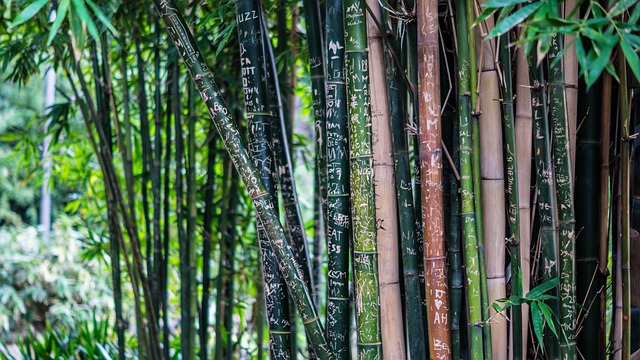
Key Takeaways
- Bamboo plantation and fiber production involves selecting an ideal location, preparing nutrient-rich soil, planting seeds or seedlings, and daily maintenance to ensure healthy growth and fiber extraction.
- The production and packaging of bamboo clothing are eco-friendly, with low water consumption, chemical-free manufacturing processes, and the use of biodegradable or recycled materials for packaging.
- Eco-friendly dyeing and printing techniques for bamboo clothing include the use of natural dyes, low-impact synthetic dyes, and innovative printing methods that minimize environmental impact.
- Bamboo clothing offers numerous benefits, such as being an eco-friendly and sustainable alternative to cotton and polyester, exceptional softness and comfort, breathability, hypoallergenic properties, and versatility for various climates and occasions.
The Bamboo Plantation Process
You’ll be amazed at how carefully bamboo plants are cultivated during the plantation process.
It all starts with selecting the right location; bamboo thrives in a warm and humid climate. Once the ideal spot is chosen, the soil is prepared, ensuring it is rich in nutrients and well-drained.
Seeds or seedlings are then planted, and constant monitoring begins. Watering, fertilizing, and protecting the plants from pests are all part of the daily routine. Bamboo grows rapidly, so regular pruning is necessary to maintain its shape and promote healthy growth.
It takes around three to five years for the bamboo to mature before it can be harvested for its fibers. The level of care and attention given to each plant is truly remarkable, resulting in high-quality and sustainable bamboo clothing.

Harvesting and Processing Bamboo Fibers
Once harvested, bamboo fibers go through a processing stage to transform them into a usable material.
The first step in the process is to extract the fibers from the bamboo stalks. This is done by crushing the stalks and separating the fibers using a mechanical process.
Once the fibers are separated, they are then washed and dried to remove any impurities. After drying, the fibers are combed to smooth out any tangles or knots. This helps to create a more uniform and consistent material.
Finally, the fibers are spun into yarn, which can be used to make various bamboo products, including clothing.
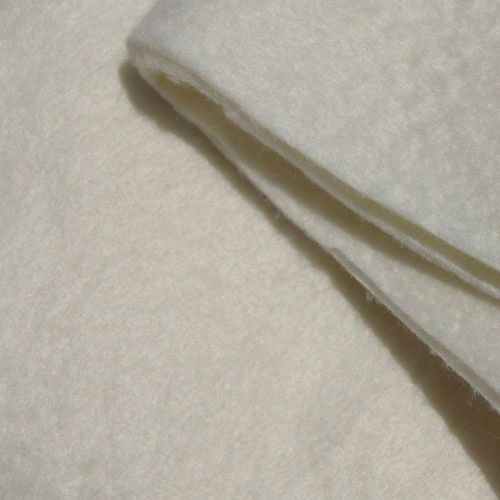
It is amazing to see how a simple plant can be transformed into a versatile and sustainable material.
Eco-Friendly Bamboo Fabric Production
When it comes to eco-friendly bamboo fabric production, two key points that stand out are low water consumption and chemical-free manufacturing.
As someone who values sustainability, I find it fascinating how the bamboo plant requires significantly less water compared to other crops, making it an ideal choice for water-conscious consumers.
Additionally, the fact that bamboo fabric can be manufactured without the use of harmful chemicals not only reduces environmental impact but also ensures that the final product is safe for our skin.
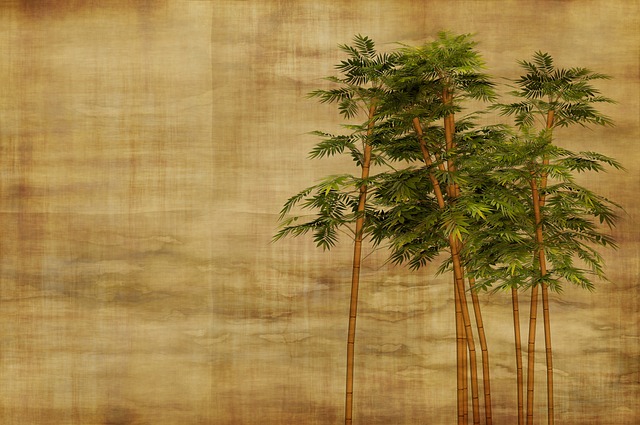
Low Water Consumption
Bamboo clothing requires less water than traditional cotton garments. This fact makes me feel good about choosing bamboo clothes as someone conscious of my environmental impact.
The production of cotton requires a significant amount of water, from irrigation to processing. On the other hand, bamboo is a highly sustainable plant that requires minimal water for growth. This means that the water footprint of bamboo clothing is much lower compared to cotton.
Not only does this benefit the environment, but it also has a positive effect on local communities that struggle with water scarcity. By opting for bamboo clothing, I can contribute to conserving precious water resources and supporting sustainable fashion practices.
Chemical-Free Manufacturing
By choosing bamboo clothing, you can ensure that the manufacturing process is chemical-free, benefiting both your health and the environment.

When it comes to sustainability, the impact of manufacturing cannot be ignored. Unlike other materials, bamboo requires no pesticides or fertilizers to grow, making it a natural choice for eco-conscious consumers.
The production of bamboo clothing also involves minimal chemical usage, as the fibers can be mechanically processed or treated with non-toxic enzymes to break them down. This chemical-free manufacturing process not only reduces environmental pollution but also eliminates the risk of harmful chemical residues in the final product, promoting better skin health.
Dyeing and Printing Techniques for Bamboo Clothes
When it comes to dyeing and printing bamboo clothes, there are two key points to consider: eco-friendly dye options and innovative printing techniques.
First, it is important to explore dye options that are environmentally friendly and do not harm the planet.
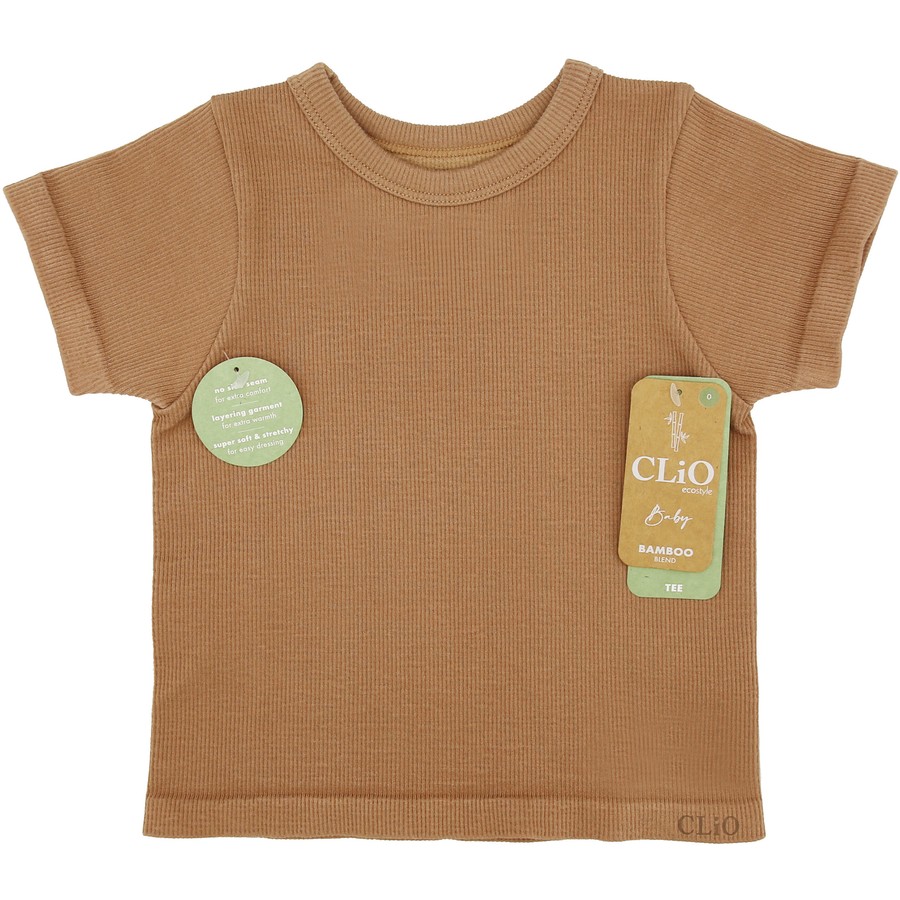
Second, innovative printing techniques can help create unique and stylish designs on bamboo fabric.
In this discussion, I will delve into these two aspects and explore how they contribute to sustainable fashion.
Eco-Friendly Dye Options
There are many eco-friendly dye options available for creating sustainable bamboo clothes. As a fashion enthusiast, I have always been conscious of the environmental impact of the clothes I wear. That’s why I am thrilled to discover the wide range of eco-friendly dye options for bamboo clothing.
Natural dyes, such as plant-based dyes extracted from leaves, barks, and flowers, are a popular choice. These dyes not only add vibrant colors to the fabric but also have minimal environmental impact.
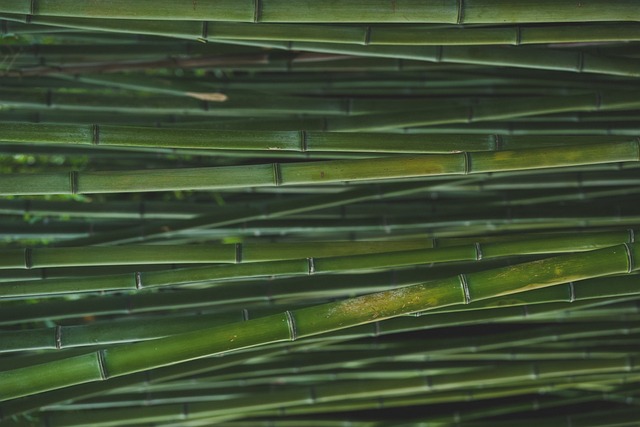
Another option is low-impact synthetic dyes, which are specially formulated to minimize water and energy usage during the dyeing process. These dyes are non-toxic and produce less waste compared to traditional synthetic dyes.
With these eco-friendly dye options, I can enjoy stylish and sustainable bamboo clothes without compromising on my love for fashion.
Innovative Printing Techniques
I’m excited to explore the innovative printing techniques available for creating unique designs on eco-friendly fabrics. From digital printing to block printing, there are so many options to choose from.
Digital printing allows for intricate designs to be printed directly onto the fabric using eco-friendly inks. It’s a quick and efficient process that produces vibrant and detailed prints.

Screen printing, on the other hand, involves applying ink through a stencil onto the fabric. This technique is great for larger designs and can create a textured effect.
Block printing, using carved wooden blocks, is another popular technique that results in beautiful and handmade patterns.
These printing techniques not only allow for endless creative possibilities but also minimize the impact on the environment, making them the perfect choice for sustainable fashion.
Sustainable Packaging and Transportation
You can reduce your environmental impact by choosing bamboo clothing that is packaged and transported sustainably. Sustainable packaging and transportation are important factors to consider when making eco-friendly choices.
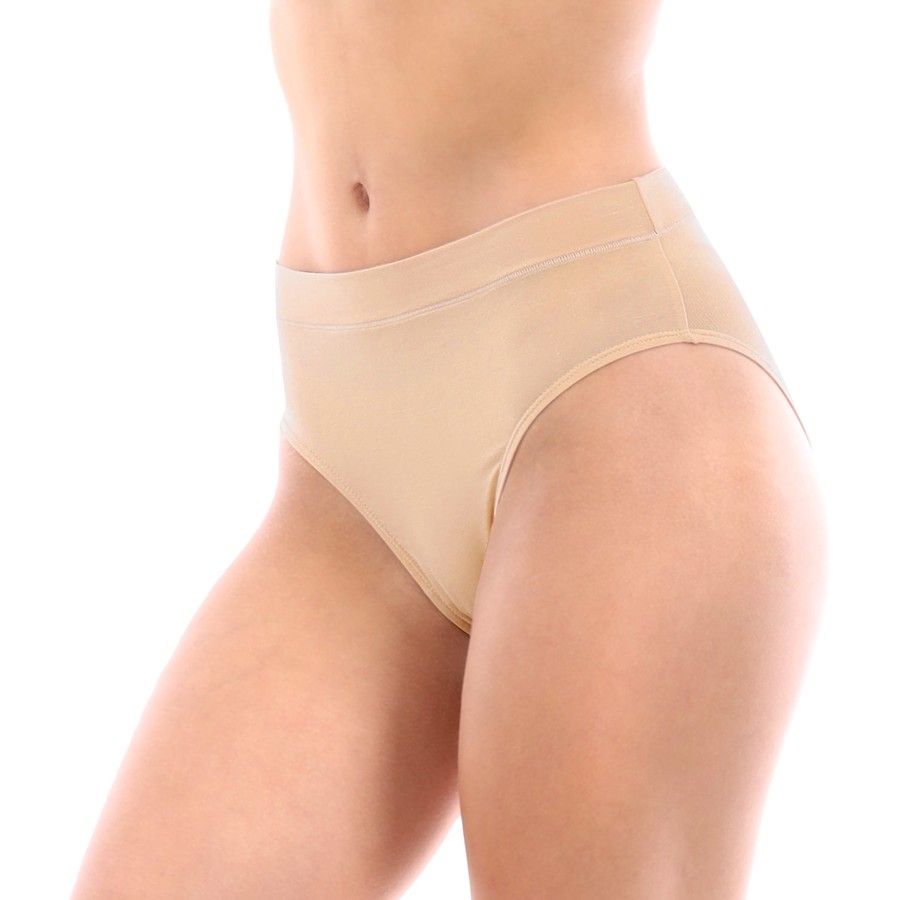
Bamboo clothing that is packaged sustainably means that it is wrapped in materials that are biodegradable or made from recycled materials. This reduces waste and helps protect the environment.
Additionally, choosing bamboo clothing that is transported sustainably means that it is shipped using low-carbon methods, such as sea freight or efficient logistics systems. By opting for sustainable packaging and transportation, we can minimize the carbon footprint associated with the production and distribution of bamboo clothing.
It’s a small but significant step towards a greener future.
The Benefits of Choosing Bamboo Clothing
After learning about the importance of sustainable packaging and transportation for bamboo clothes, I can’t help but highlight the numerous benefits of choosing bamboo clothing.
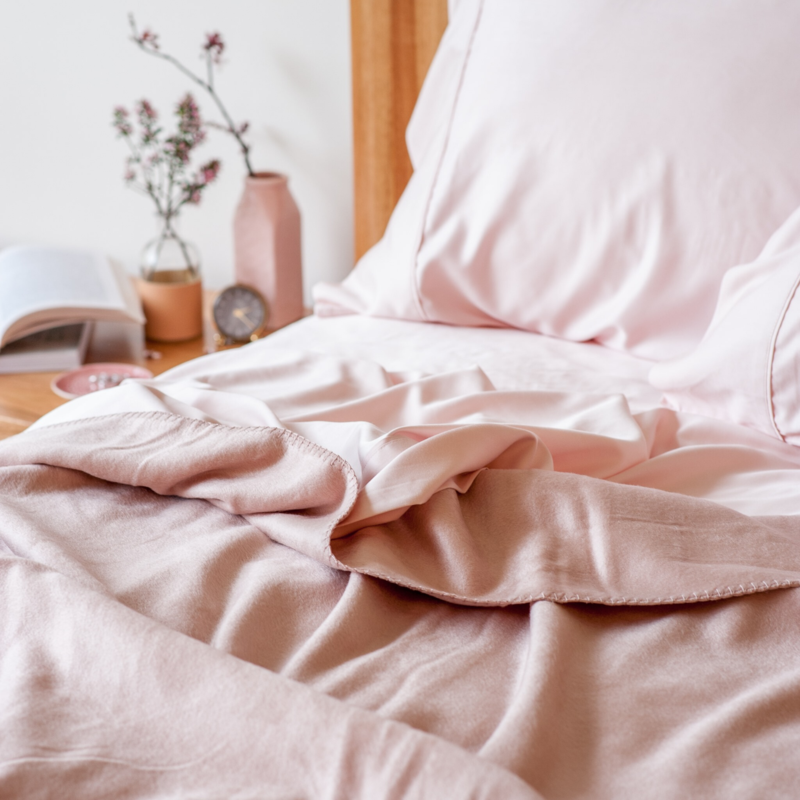
First and foremost, bamboo is an incredibly eco-friendly material. It grows quickly and requires minimal water, pesticides, and fertilizers. This makes it a sustainable alternative to traditional fabrics like cotton or polyester.
Additionally, bamboo clothes are known for their exceptional softness and breathability. They are perfect for sensitive skin and provide excellent moisture-wicking properties, keeping you cool and comfortable throughout the day.
Furthermore, bamboo has natural anti-bacterial and anti-fungal properties, making it a great choice for those with allergies or skin conditions.
Frequently Asked Questions
Are There Any Negative Environmental Impacts Associated With the Bamboo Plantation Process?
Yes, there are negative environmental impacts associated with the bamboo plantation process. It involves deforestation, soil erosion, and water pollution. However, sustainable practices like organic farming and responsible harvesting can mitigate these impacts.
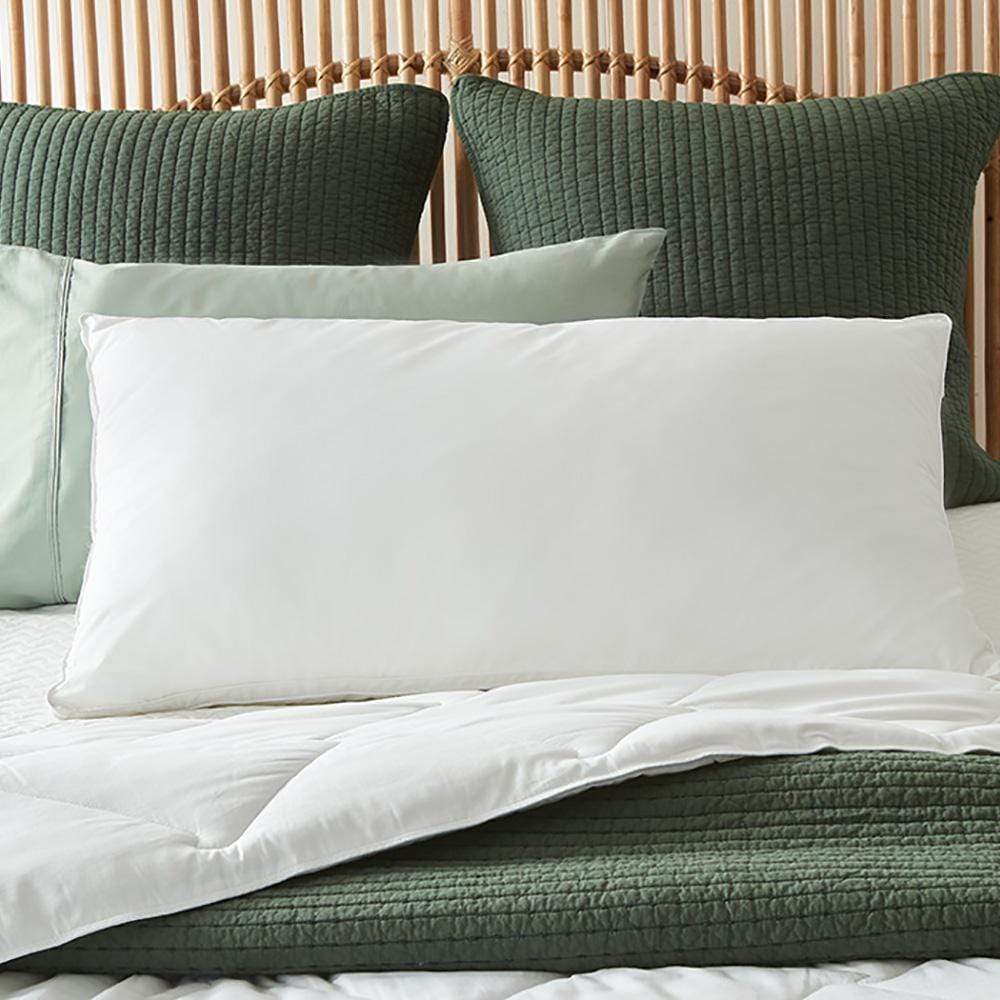
What Are the Different Methods Used for Harvesting and Processing Bamboo Fibers?
There are several methods used for harvesting and processing bamboo fibers. Some involve mechanical extraction, while others use chemical processes. These methods vary depending on the desired end product and sustainability considerations.
How Does Eco-Friendly Bamboo Fabric Production Differ From Traditional Fabric Production Methods?
Eco-friendly bamboo fabric production differs from traditional methods in several ways. It involves harvesting bamboo using sustainable practices, processing it into fibers without harmful chemicals, and using less water and energy during manufacturing.
What Are Some Innovative Dyeing and Printing Techniques Used for Bamboo Clothes?
Some innovative dyeing and printing techniques used for bamboo clothes include natural dyeing methods, such as plant-based dyes, and digital printing techniques that minimize water and chemical usage. These techniques contribute to the sustainability of bamboo clothing production.
How Is Sustainable Packaging and Transportation Incorporated Into the Production and Distribution of Bamboo Clothing?
Incorporating sustainable packaging and transportation into the production and distribution of bamboo clothing is essential. By using eco-friendly materials and optimizing logistics, we can reduce the environmental impact and ensure a more sustainable journey for these clothes.
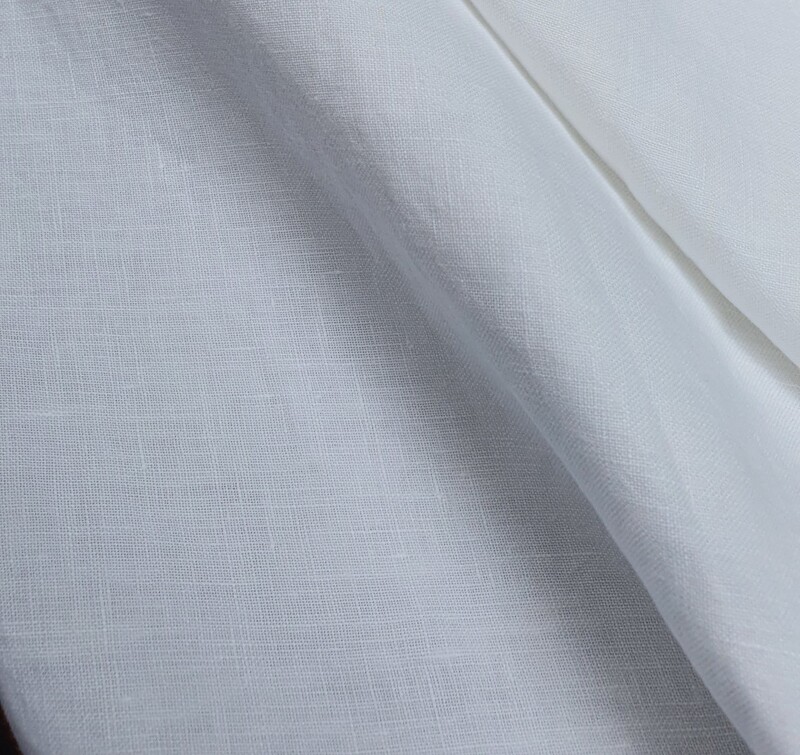
Conclusion
In conclusion, I’ve learned that the journey of bamboo clothes is truly sustainable. Every step, from the bamboo plantation process to the eco-friendly fabric production, is designed with the environment in mind. The use of natural dyes and printing techniques further emphasizes the commitment to sustainability. Even the packaging and transportation methods are chosen carefully to minimize the carbon footprint.
Choosing bamboo clothing not only ensures a comfortable and stylish wardrobe, but also contributes to a greener and more sustainable future.
